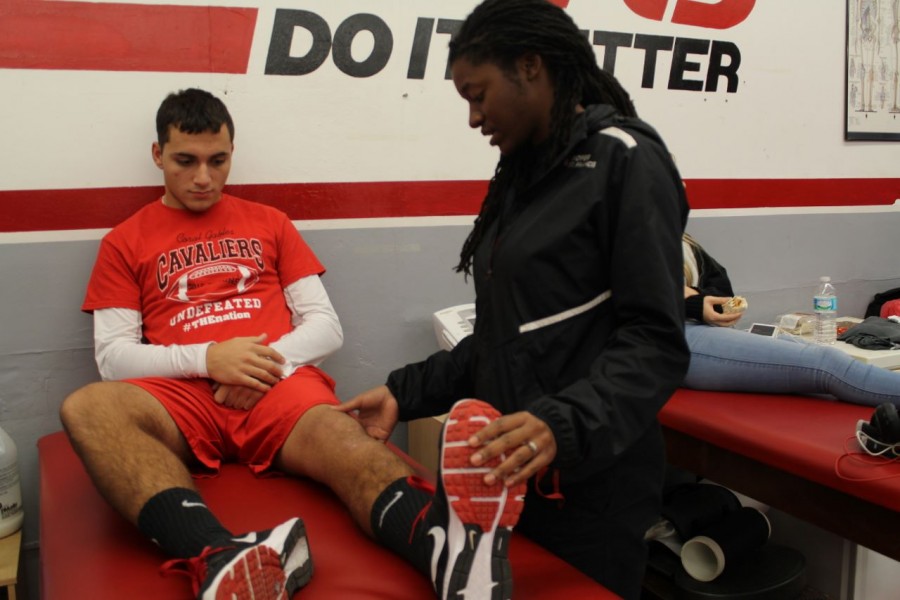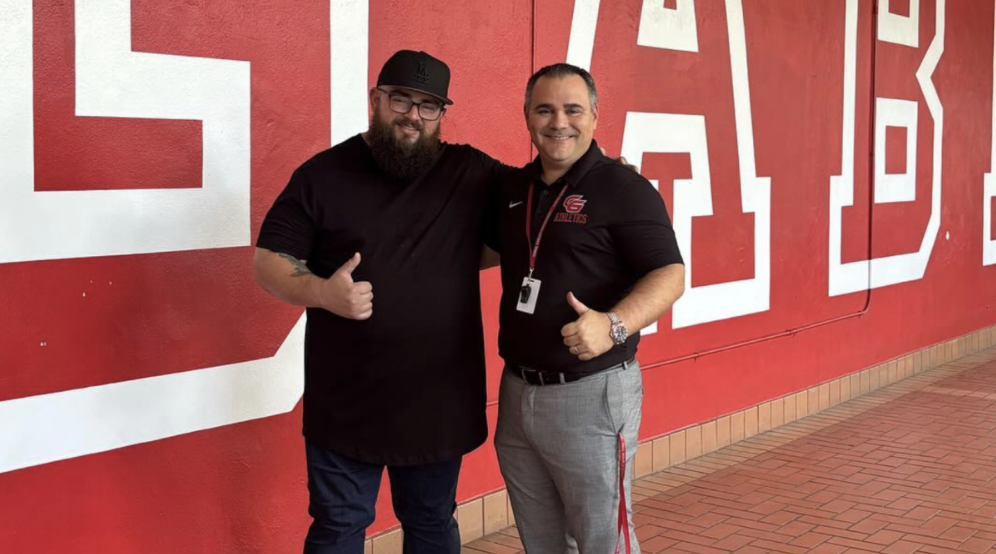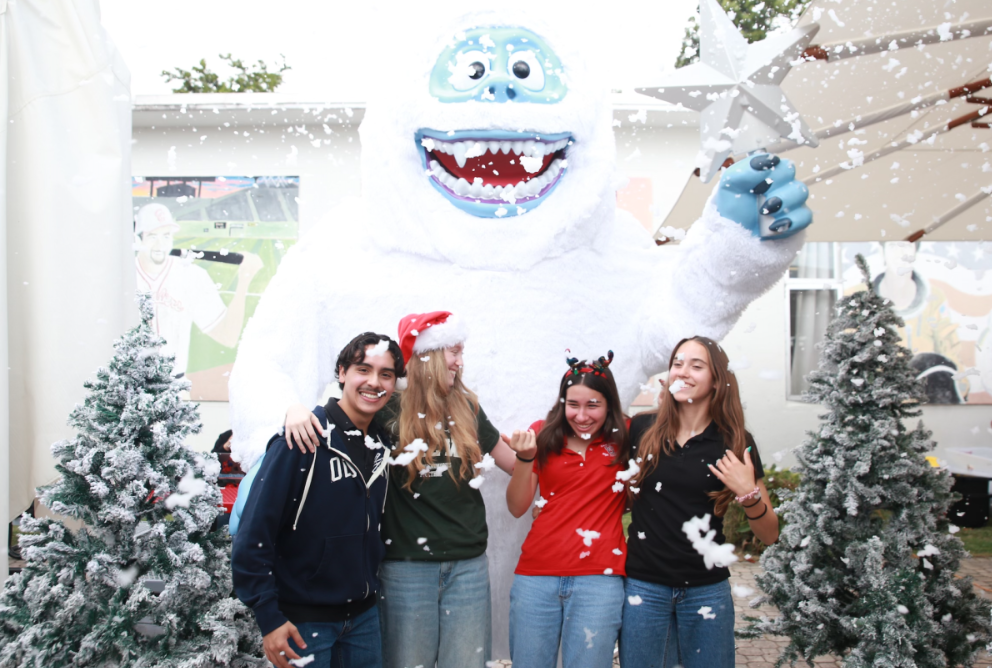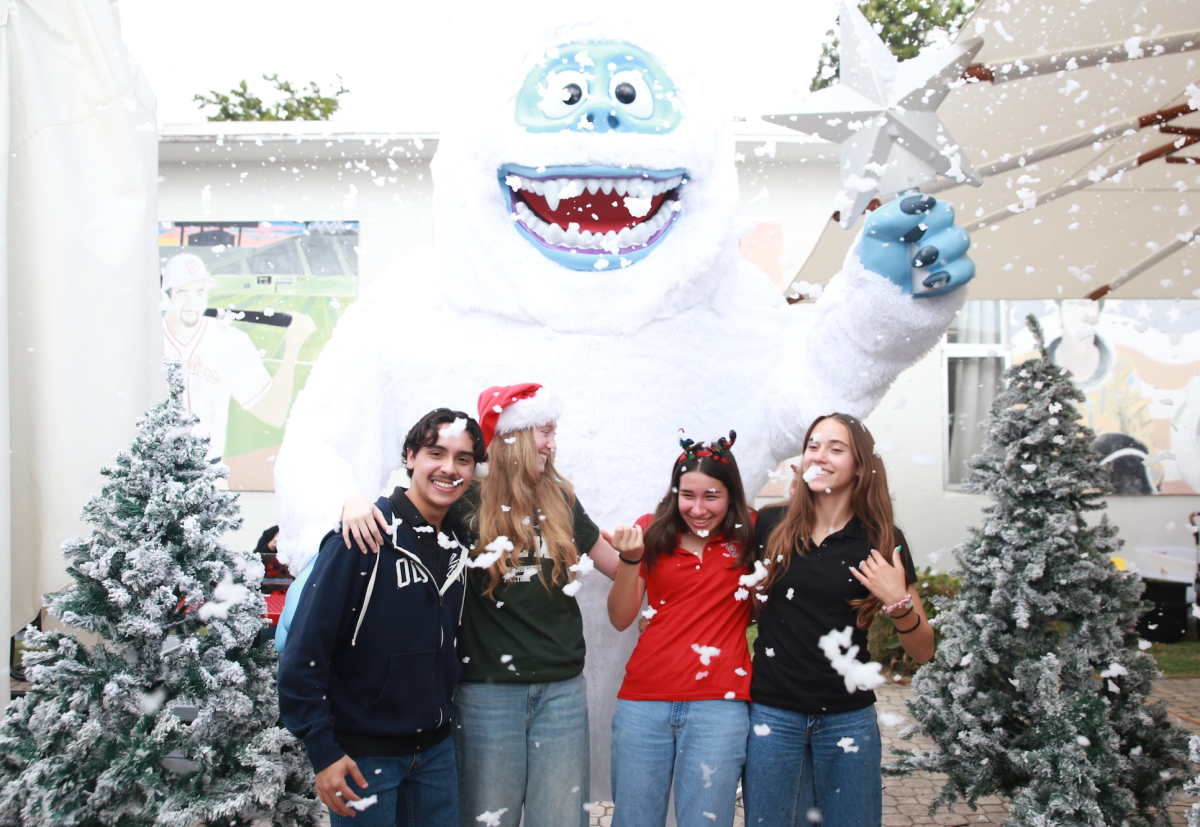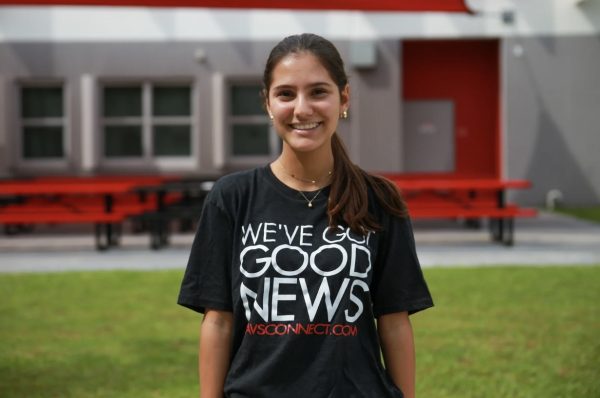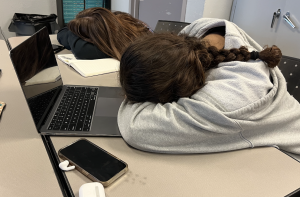Know Your Sports Injuries
Sophomore Sebastian Riella measures his progress with the help of Athletic Trainer, Shannon Singleton during lunch treatments.
Feb 9, 2016
With the large variety of sports that our school offers, a significant portion of our student athletes are at risk of injury. According to the school’s athletic trainer, Shannon Singleton, different sports cause different injuries, but the most common type of injury among athletes is a sprained ankle. With the proper warmup and nutrition, Singleton said that certain injuries can be prevented or reduced.
Sometimes, injuries happen inevitably as accidents, but one can practice methods to reduce the risk of injury. Singleton said that a proper dynamic warm up, such as 10-15 minutes of running, before the actual stretches and workouts helps strengthen muscles, which prevents knee injuries and strains or pulls. She also said that nutrition is important because it is where the athlete gets energy and it helps the body recover faster. One can research sites such as choosemyplate.gov that provide healthy, balanced diets in order to receive all the nutrients needed.
“Stay hydrated, make sure that you warm up properly… [and] stretch outside the team as well, like in the mornings or at night before you go to bed,” Singleton said.
The athletic trainer is able to treat students with all types of injuries from different sports. Singleton gets rid of the swelling in ankle sprains with ice and ankle pumps, and then works on motion by having athletes draw alphabet letters in the air with their feet. She also works on balance and other sport-specific health aspects.
“[When injured], stop working out, stop whatever you’re doing and if it’s bad, come see me during lunch. That’s when we have evaluations and treatments,” Singleton said.
Sophomore varsity football kicker Sebastian Riella tore his anterior cruciate ligament about five months ago during the first Columbus game and had to have surgery. He said he is currently recovering through therapy with the help of Singleton, which has improved his leg movement. However, Riella said that missing school for a week and being injured has affected his academic, social and athletic life. Singleton said that sometimes teachers do not understand how the athletic life of a student can influence their academics, so she communicates with teachers about taking students’ circumstances under consideration. After the five or six months left of therapy to get strong again, Riella said he will continue to play football.
“You are not able to do a lot of things, like walk for the first couple of weeks [and] therapy takes away time from being with your family and friends,” Riella said.
If you are involved in a sport, the best way to prevent an injury is to regularly report to your coach and athletic trainer about the condition of your body’s health.


